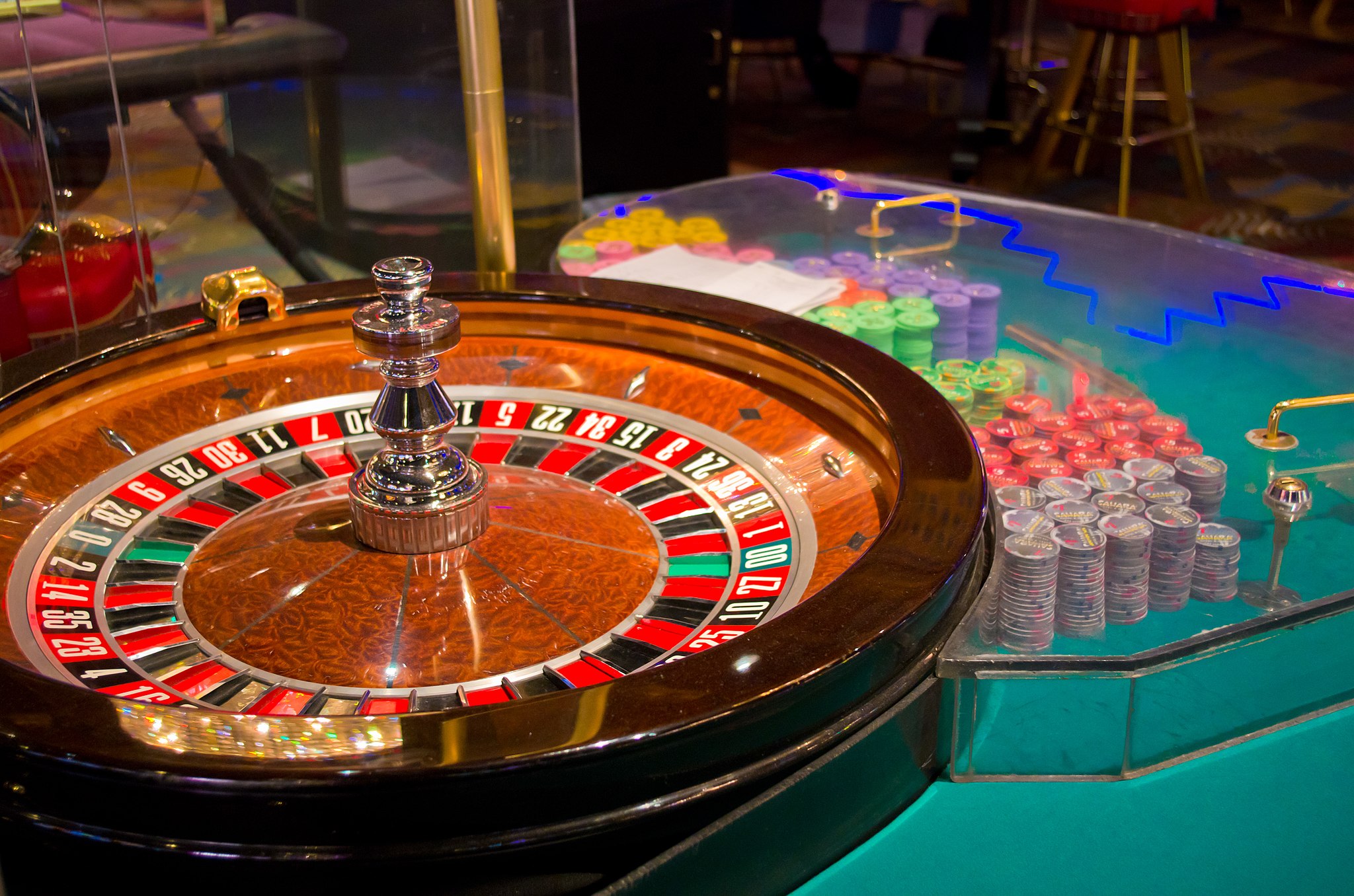Regarding casino slots games, players often find themselves captivated by the flashing lights, intriguing themes, and the thrill of turning the reels. But behind the glamour and fascination lies an critical concept that all players must grasp: Return to Player, or RTP. This key metric is essential in influencing the return of your wagered money over time, shaping your experience and strategy as you play.
RTP is usually expressed as a percentage and indicates the average amount of money returned to players compared to the cumulative wagers. For instance, if a slot game has an RTP of 95 percent, it means that, on average terms, players can expect to get back ninety-five dollars for every 100 dollars wagered. Understanding this concept can assist players in making educated decisions when choosing which slots to play, ultimately enhancing their gaming experience at the casino.
What is the definition of RTP?
RTP, commonly referred to as RTP, represents a crucial factor in the field of gambling slots. It indicates the percentage of total wagered amounts that a particular slot machine is programmed to return to players through its operation. For example, if a slot has an RTP of 95 percent, this means that, theoretically, players are likely to receive back $95 for every $100 bet during extended play. Understanding RTP aids players evaluate the possible returns of different slots.
RTP is not a guarantee of specific victories but instead it is a average determined over many spins. Each player’s experience may differ significantly as a result of the randomness inherent in the games. 789p A better RTP indicates better odds for the player, which makes it an essential consideration to take into account while picking the slots to choose. However, even with a high RTP, there can be periods where players face losses, because luck plays a significant role.
It should also be noted that different slots have different RTP percentages. Some machines might feature a reduced RTP due to a considerable enjoyment or special features, while others maintain a higher percentage to entice more cautious players. Comprehending RTP empowers players to take wise choices about their gaming strategies and control their money wisely while experiencing the adrenaline of casino slots games.

How RTP is Being Determined
The RTP, or RTP, is a critical indicator within the world of casino slots games. It indicates the percentage of all bet funds that a gaming device can be expected to return to gamblers in the long run. Comprehending the method by which this measurement is calculated demands understanding into both the game’s architecture as well as its payout structure. The RTP is determined through intricate algorithms and data evaluation executed during the slot machine development phase. Slot developers take into account multiple elements, which include the frequency of successful outcomes as well as the amount for returns for each outcome.
In order to calculate this metric, the creators simulate a vast quantity of rotations of the slot machine. Such modeling efforts help determine the average amount that on average, a player is likely to earn based on their wagers. For example, when a slot game boasts an RTP of 95%, this means that, theoretically, among every $100 dollars wagered, players can expect to get ninety-five dollars in return in the long term. This figure does not indicate how much a gambler might receive in a one play or during a couple of spins; rather, it reflects overall payout expectations.
RTP values tend to be usually published by the gaming house and slot creator. Players should always look for such information when choosing a casino slots, because it has the potential to affect their gaming experience. A higher RTP typically means a higher chance of winning back a portion of bets, even though specific sessions may differ considerably. Understanding RTP enables players to choose wisely and enhance their overall experience within the world of slot games.
Value of RTP in Gaming
Understanding the RTP or RTP is essential for any gamer involved in casino slots games. Return to Player is the percentage of total bets that a game is set to return to gamers over the long run. A higher Return to Player indicates that gamers can anticipate receiving a larger portion of their bets back, making it an important factor for those attempting to enhance their gaming experience. Understanding this figure helps gamers make informed decisions about which games to play, as it can significantly affect their chances of winning.
Moreover, Return to Player holds a crucial role in the overall fairness and transparency of slot games. Players are often drawn to games with greater return rates because they provide a superior opportunity of winning over the long term. Gaming establishments and software creators use Return to Player as a selling point to lure players, ensuring they maintain a lead in the booming gambling industry. By understanding of Return to Player, players can select games that match with their risk tolerance and objectives.
Ultimately, the idea of RTP encourages responsible gaming practices. Recognizing that not all games will provide short-term winnings and that RTP is based on long-term play, players can regulate their expectations and playing habits effectively. This knowledge enhances the enjoyment of slot games while promoting a more balanced gambling landscape. Gamers who comprehend the significance of RTP are likely to have a more satisfying experience and reduce the chances of problematic gambling behavior.
